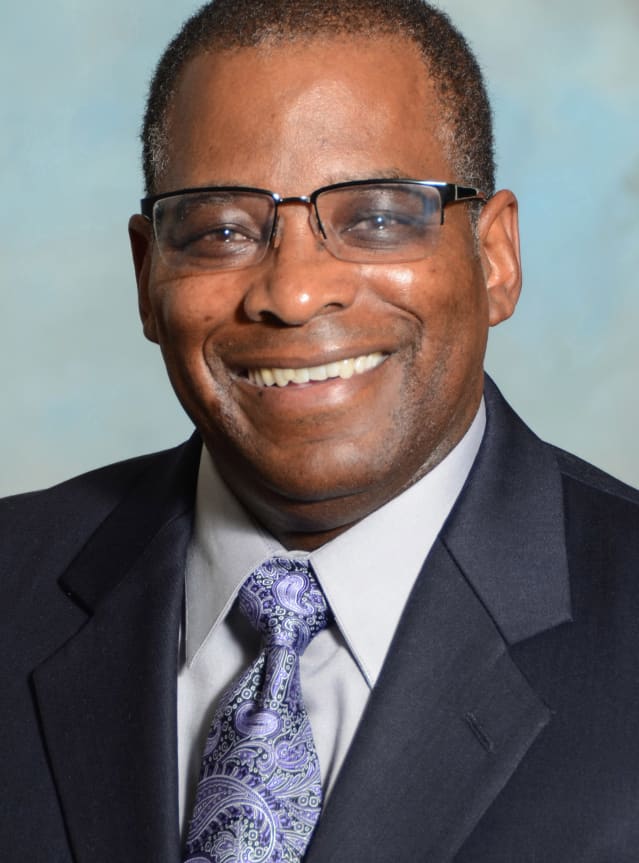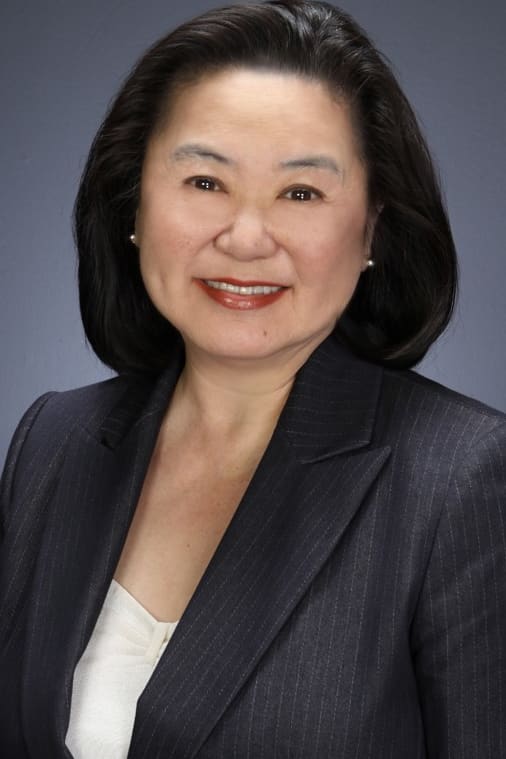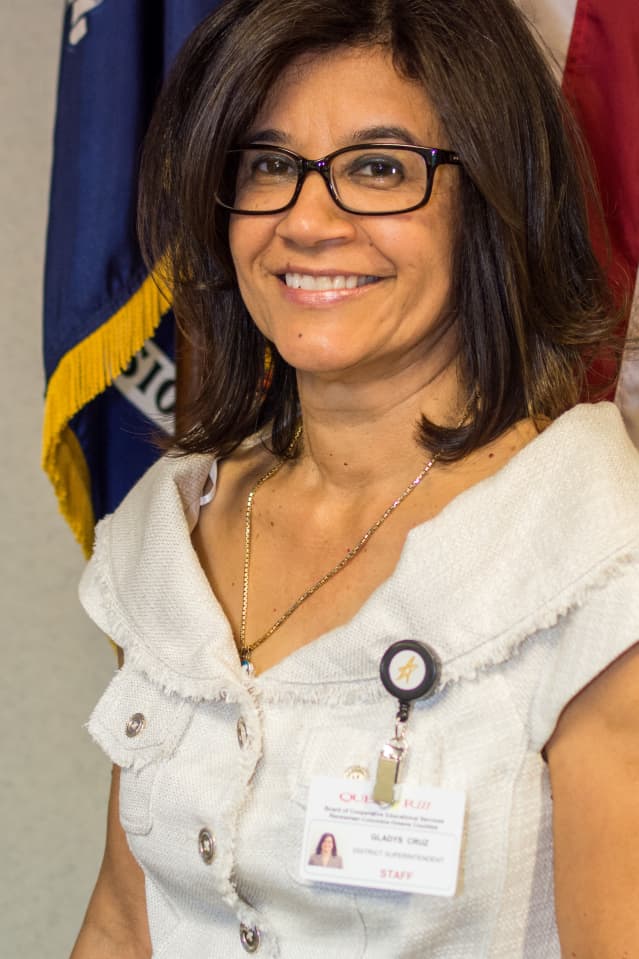Last fall, as large school systems across the country announced they wouldn’t be bringing students back to school in person, parents worried about the impact on their children’s educational progress and their own ability to work. Some clamored to get students back into school buildings. Others — if they could afford it — sought alternatives such as private schooling or newly formed pods with other children.
But now, as school districts have committed to bringing students back to classrooms in person this fall and are navigating the related political and logistical challenges — from deciding whether to implement a mask mandate to ensuring they have enough bus drivers — some say they’re scrambling to accommodate a growing number of families who want to keep their children at home, according to conversations with district leaders and remote-learning businesses.
The bulk of parents, 82%, said in August that they planned to send their children back to school in person this year, an increase from April, according to a survey of about 1,200 parents across the country conducted between April and August as part of the University of Southern California Dornsife Center’s Understanding America study.
The share of parents planning to send their children back to school in person decreased slightly between July and August — from 85% to 82% — but researchers said that change wasn’t statistically significant.
Still, superintendents from Georgia to Las Vegas to Southern California say they’ve seen an uptick in the number of families who want a remote option since the spring, when they first started asking families to commit to either classroom or remote learning. Amid the rise in the delta variant of the coronavirus and worries about its impact on children under 12, who still can’t get vaccinated, parents are growing more concerned about their children’s safety at school, these administrators say.
“
‘The biggest thing that delta changes is that it’s leading families who perceived themselves and their kids as safe enough for in-person school last year to question that choice.’
”
Some are scrambling to accommodate the request. Others, including the New York City school system, the largest in the country, have said they won’t be offering a remote option despite pressure from some, including households with an immunocompromised family member, to retain that flexibility.
The recent push for remote learning among some families is the latest example of the challenges parents and school systems have faced over the past 18 months. During that period, families have weighed the safety of children and other members of their households against parents’ need to work and the social and emotional challenges that can arise from learning exclusively at home.
In recent weeks, the transmissibility of the delta variant and increased hospitalizations of children may be shifting that calculus, said Jessica Calarco, an associate professor of sociology at Indiana University who has been following parents’ decision making throughout the pandemic.
“The biggest thing that delta changes is that it’s leading families who perceived themselves and their kids as safe enough for in-person school last year to question that choice,” she said.
Are you a parent or student thinking about the return to school? We want to hear from you. Email [email protected].
Meanwhile, the uncertainty that comes with another school year amid surging cases and with vaccine eligibility for young kids still a future prospect may be boosting the bottom line for the companies that help facilitate remote learning.
In states where the delta variant has surged, “we just see sort of unprecedented demand, very similar to what we saw last year,” James Rhyu, the chief executive officer of Stride, a company that works with both individual students and school systems to provide online learning options, said on a recent earnings call. “We think that a lot of people are going to have ongoing concerns about safety, and we think it bodes well for the long-term prospects for business.”
‘We’ve had a big surge in the number of people who are now wanting remote learning‘
In May, the Clark County School District, which includes Las Vegas, asked parents to choose whether they wanted to send their children to school in person or to take classes from home through a remote option during the 2021-22 school year. Officials wanted parents to make a decision at that time so that principals would have enough time to plan and the district could hire the necessary staff, said Linda Cavazos, the president of the district’s board of trustees.
Overwhelmingly, parents opted to send their children to school in person, she said. But starting in mid-July there was “a big surge in the number of people who are now wanting remote learning,” Cavazos said. Interest in the district’s remote option — called its online learning academy — increased so much that officials had to devote more staff to field incoming calls and email requests from parents, she said.
Cavazos said she understands parents’ concerns. The headlines about the delta variant’s impact on the region are troubling. Many of the district’s students live in multigenerational households, and some children are immunocompromised themselves. Classes started Aug. 9, and already the district has transitioned one elementary school to remote learning, at least temporarily, due to COVID cases, she said.
The district’s administrators are working to keep schools safe with mitigation measures including a mask mandate and testing and encouragement of vaccination among employees and students who are eligible. Despite social-media messaging, pop-up clinics and more, only about 56% of the district’s employees had been vaccinated by mid-August, Cavazos said.
“It’s such a hard decision to make for a lot of these parents who absolutely are worried about the social-emotional aspects of their children being at home weighted against their health,” she said.
The district is working to try and accommodate their needs, Cavazos said. “It’s evolving.”
‘What the delta variant has done has had parents change their mind’
Curtis Jones, the superintendent of Bibb County School District, which includes the city of Macon, Ga., isn’t planning on allocating more resources to respond to the increased interest in remote learning, he said. “For me what the delta variant has done has had parents change their mind about [whether] they want students to be in school or not for in person learning,” he said.

Bibb County Superintendent Curtis Jones says his district doesn’t have sufficient staffing to handle increased requests for remote learning.
As in Clark County, Bibb County parents who were interested in having their children participate in virtual learning were encouraged to apply in the spring. But once cases started rising again and news stories started airing on television, “We started getting parents saying ‘I want to change my mind,’ and I’m not staffed for that,” he said. The district hired teachers and staff based on the numbers they received in May, he said.
“To change it now means that they’re also going to expect me to change it later when the numbers get better,” he said. Enrollment in the online program numbers about 500 students out of a total of 21,208 students in the district.
Attitudes about returning to in-person school vary by race and income
Across the country, hesitancy to send students to school in person varies by race and income, according to the USC survey. About 23% of Black families said in August that they were not planning to send their children to school in person or were unsure. Though that share has decreased since April, it’s still higher than among white families, 14.5% of whom said they were not planning to send their children to school in person or were unsure.
The share of Asian-American families unsure or not planning to send their kids to school in person increased from nearly 13% to 20%, the USC survey found. The change may not be statistically significant and could be due to sample size rather than a nonmeaningful shift, the researchers said.
Wealthier families are much more likely to send their children to school in person, the survey found. Among families with income of less than $25,000, 33% plan not to send their children to school in person or are unsure, compared with 4% of families with incomes higher than $150,000.
Historical disparities in funding between schools in whiter, wealthier districts and in those in low-income communities and communities of color may explain why some families in less-resourced districts are skeptical that physical school buildings can keep their children safe from COVID. Add to that racial disparities in school discipline and it’s not surprising that these families may be less likely to want to send their children back to school in person.
“There’s longstanding reasons for communities of color and low-income communities to have more limited trust in their public school systems and in school systems more generally,” Calarco said. “There’s certainly reason for distrust when it comes to schools, whether it’s keeping children physically safe or whether it’s ensuring that they’re feeling socially and emotionally safe.”
Remote learning likely won’t be like last year
The ABC Unified School District, which serves students in the southeast corner of Los Angeles County, had about 430 students out of the district’s 20,000 who were interested in learning remotely as of mid-August.
“There’s a lot of people who are a little bit nervous about coming back to school,” said Mary Sieu, the district’s superintendent.

Mary Sieu, superintendent of ABC Unified School District.
Many of the families interested in a remote option may be assuming it will be similar to last year, when students at home were taught by their classroom teachers, but, Sieu said, that’s not the case this year.
“There will be additional teachers that we will have to hire” to accommodate more remote students, she said. “We’re hoping that our students and staff members will be coming back in person.”
ABC Unified was one of the many districts across the country to lose students last year — in its case, 700 — as parents held children back from starting kindergarten, moved students to schools where in-person learning was available or found other options, such as hiring educators to teach students at home or in pods.
Because school funding is based in part on the number of students enrolled in a school district, that dynamic likely cost many districts money. Once again this year, school leaders are juggling competing desires from parents — ranging from opening in person without a mask mandate to offering a more robust online option — amid the threat that students and the dollars that accompany them might leave, Calarco said.
“It’s not an easy time to be a district administrator or a school official trying to make these decisions about keeping everyone happy and everyone safe this year,” she said.
Renewed interest in private educators
Katie Provinziano, the managing director of Beverly Hills–based Westside Nannies, which saw its private-educator service increase in popularity last summer and throughout the school year, said demand for matching teachers with families was down in the spring when parents were optimistic that students could return to school safely.
But in July requests started to pick back up, she said. “The majority of the parents we’re hearing from, they just got concerned about the delta variant,” she said. “No one is going to be the one that is signing up to put their kids in danger.”
Parents are already hearing reports of classes being canceled, students needing to quarantine and kids getting sick, Provinziano said. “They just want to have a private educator secured and feel like, ‘OK, whatever happens, our kids’ education is not going to suffer, they’re not going to lose another year,’ ” she said.
“
‘No one is going to be the one that is signing up to put their kids in danger.’
”
Another factor motivating parents’ calls, Provinziano said: companies postponing their return-to-the-office plans. With parents continuing to work remotely some families are deciding to take the opportunity to travel, and a private educator can allow students to continue their education without being in a school building.
In upstate New York, students were able to come back to school in person last year, and officials are confident they can do it again successfully, said Gladys Cruz, the district superintendent of Questar III, which serves students in Columbia County and Greene County in New York, close to Albany.

Gladys Cruz, district superintendent of Questar III.
Officials were hopeful that they’d be able to relax mitigation strategies this year, but the delta variant made it clear that they had to keep a mask mandate and robust testing in place. In the schools Cruz oversees, they’re taking the approach outlined by the commissioner of education in New York that remote learning should be reserved for situations in which it’s in the best educational interest of the children.
Still, they’re prepared to pivot to remote learning as needed if COVID infections occur, she said.
“For the majority of students, the best learning option is in person and being able to come to school, being able to be with peers, and that is true for both their academic learning, but also for their social and emotional well-being,” Cruz said.
“We all believe that the best way to educate our children is in person,” she added. “I think that is true across the state. I think that’s true across the nation.”
